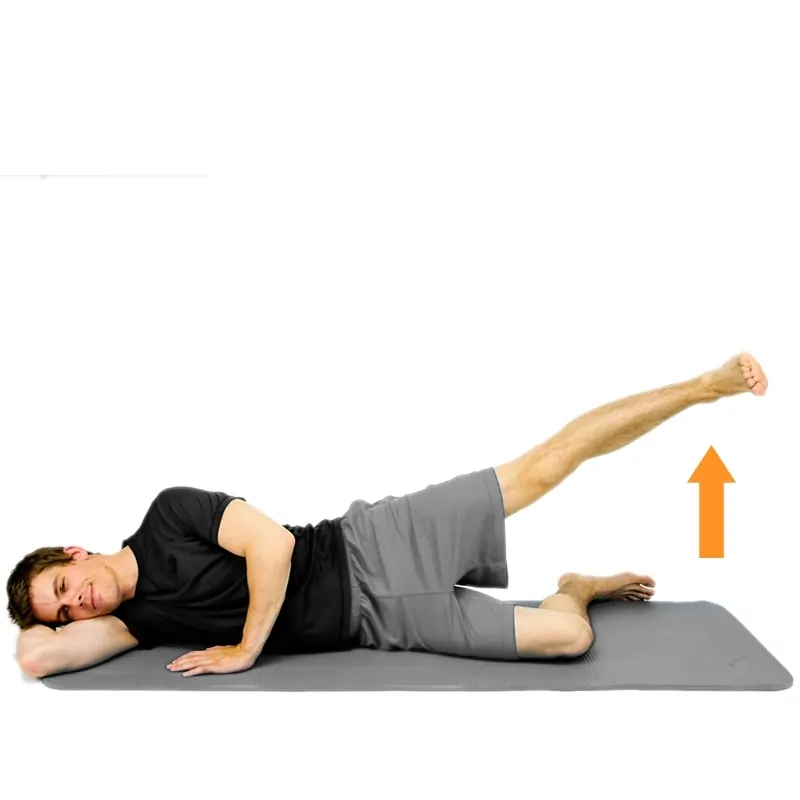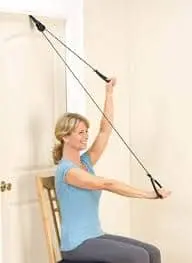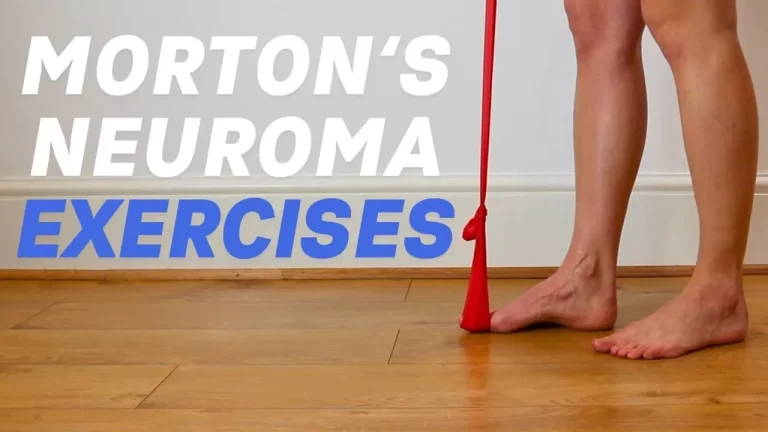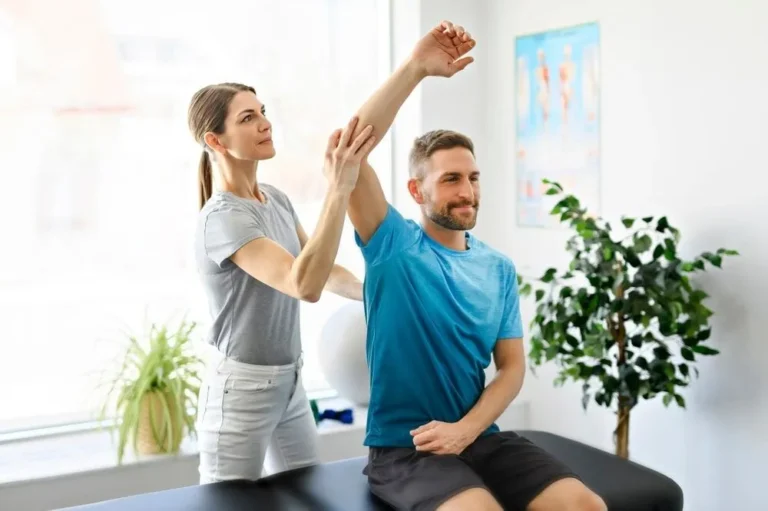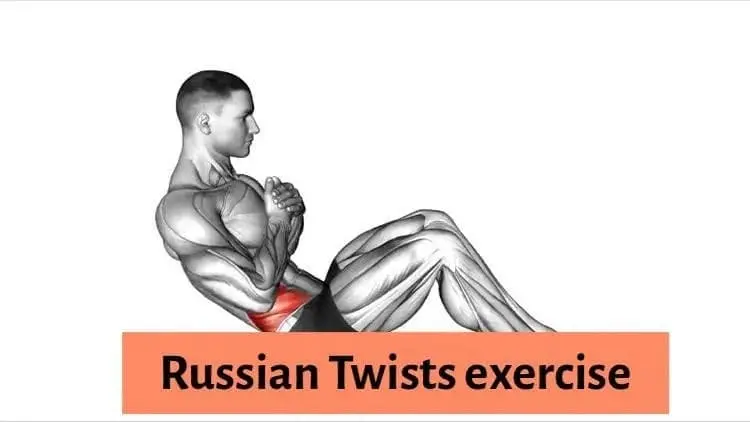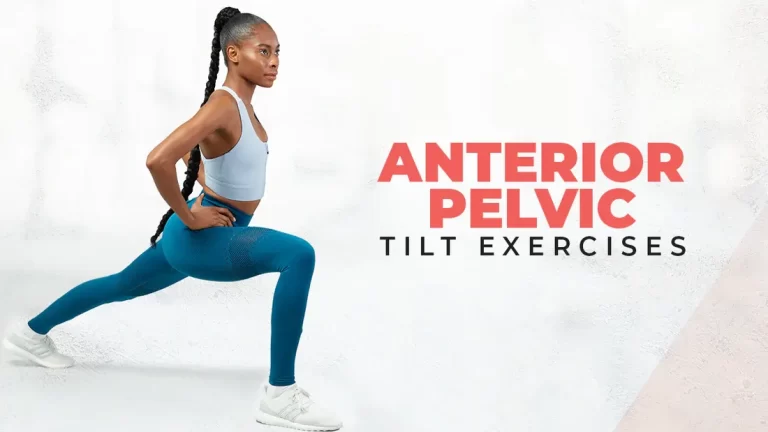Hip Joint Range of Motion Exercise
What is a Hip range of motion exercise?
Range of Motion in the Hips exercise allows the hip joint to move through all of its range of motion; it can be done actively, passively, or with a therapist’s assistance.
Numerous components, including the arrangement of the hip joint’s bone surfaces, the joint capsule, ligaments, tendons, and muscles that operate on the hip joint, all have an impact on this motion.
Exercises for the hip joint range of motion are divided into three categories.
- Passive range of motion exercise: A single person, a group of people, or even a passive motion machine can apply motion to the hip joint during the first type of exercise.
- Active-assisted range of motion exercise
- Active range of motion exercise: Generally speaking, no additional force is applied when making the hip move in this.
What is a Goniometer?
- In addition to measuring angular distance by glancing at the numbers on the instrument, a goniometer is put along a hip joint.
- Axis location: Greater trochanter on the femur
- Arm stationery: aligned with the trunk
- Arm of movement
Movements in the hip
- Abduction
- Adduction
- Extension: Repositioning the leg so that it faces the buttocks.
- External rotation: Creating a butterfly pose with the leg
- Internal rotation: This is characterized by the leg being curled into a fetal position.
- Flexion
What is the normal hip range of motion?
The leg should be able to move freely in six distinct directions within three planes since the hips have three degrees of normal motion.
- From 0 to 45 degrees abduction
- Adduction: 45 to 0 degrees
- Extension: from 0 to 60 degrees
- Range of flexion: 0 to 120 degrees
- 0 degrees to 45 degrees of internal rotation
Hip joint passive range of motion exercises
This is helpful for hip joints that have become immobile as a result of trauma or paralysis of any kind. A therapist moves the upper limb or other body part of the stiff hip joint while gradually stretching the muscles and instructing the patient how to move appropriately. Here, the physical therapist stretches the hip’s soft tissue to release tension and relax the nearby muscles.
These exercises help patients hold a stretch for longer; however, the best way to perform passive range of motion exercises (PROM) for the hip joint is with the assistance of a therapist. In order to improve muscle flexibility, a qualified professional does this kind of exercise by moving the upper arm into a stretch and holding it there.
This is better in a few ways.
A physical therapist is first and foremost someone who knows when and how to set appropriate boundaries.
A clinician also understands how long to maintain the stretch.
Finally, the therapist is educated to determine whether treatment is precisely targeting the desired location to yield greater advantages. Keep it in consideration.
Your hip joints should have a more passive range of motion.
When a patient experiences a paralytic attack, is unconscious, has a mending fracture, or experiences pain during an active muscular contraction, passive range of motion (PROM) exercises are usually employed for the hip joint.
Advantages
Apart from aiding in the preservation of optimal joint performance, passive range of motion exercises facilitate muscle growth, enhance blood circulation, lessen discomfort, promote healing, repair, and preserve the range of motion in impacted hip joints.
There are many ideas for passive hip joint range-of-motion activities
- Throughout the exercise, maintain the arm’s weight at all times.
- Continue moving smoothly and slowly.
- Only as much movement as the hip joint or hip muscle will permit should be done by a therapist.
- The passive range of motion should not produce pain; if it does, cease and inform a therapist.
Passive range of motion exercises:
- Passive hip and knee flexion
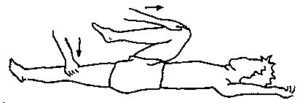
The foot should not swing in or out and should remain parallel to the hip. Ten times during a session, do it. Work out three times a day.
- Passive hip rotation
The patient should be instructed to lie in a comfortable position, such as supine, by the therapist at the beginning. Next, bring the foot close to the patient, then push it away. But keep in mind that you shouldn’t go past the pain or point of resistance. To enter the posture, lower your leg.
OR another method for completing this task.
- Passive hip abduction
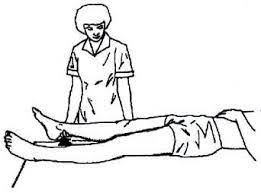
Then, to stabilize the hip joint, place the second strong hand beneath the heel.
- Passive hip external rotation
First, instruct the patient to lie down in a comfortable posture, such as a supine position with support for their back. The medical professional then twists the leg outside and keeps it there for five to six seconds. Perform ten rounds in a session. Work out three times a day.
- Passive hip internal rotation
Next, a medical professional grasps the knee while the hip is also in a 90-degree flexion posture. In one session, perform ten repetitions. Work out three times a day.
- Passive hip flexion
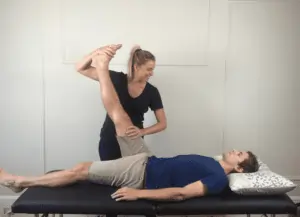
The patient should be instructed to lie in a comfortable position, such as supine, by the therapist at the beginning. The doctor then elevates the leg as high as they can while maintaining a straight knee. Ten times during a session, do it. Work out three times a day.
- Passive hip extension
A doctor should first instruct a patient to lie down in a comfortable position, such as supine. Work out three times a day.
Active-assisted range of motion exercises
As the name implies, the patient or a physical therapist may provide some help during these activities. While the patient performs most of the movement, minimal help is provided to ensure that the hip motion is performed appropriately.
In most severe cases, weakness or even pain from bumps, bruising, or even accidents leading to significant injuries is the reason for this restricted hip movement. When completing these hip joint exercises, the patient may initially experience severe pain and weakness, but with time, there is a good chance that the patient’s range of motion will gradually and sustainably improve.
Exercises for a hip active-assisted range of motion have several advantages.
- Expand the hip joint’s range of motion.
- Improve the hip joint’s and the upper limb’s overall functionality.
- Increase the efficiency of hip joint movement.
- Increase self-reliance.
- Reduce pain.
In what way does the patient begin?
The patient’s home-health physical therapist can teach them how to perform an active-assisted hip joint range of motion exercises. The patient’s assistance needs and proper handholds can both be taught by the therapist. To help the patient avoid injury or fatigue, a physical therapist can also demonstrate the simplest technique to perform each exercise.
- Ascertain the patient’s most calm and comfortable position. The majority of patients would rather exercise in bed.
- Perform all hip ROM exercises carefully, evenly, and slowly. Rather than being helpful, this could injure the joint or muscle.
- Only move a hip joint as far as it will go.
- Request that a therapist promptly inform the patient if they feel.
- heightened pain and soreness that persists even after stopping exercise. Exercises that increase hip range of motion may produce moderate pain, but these should again pass rapidly. Try this exercise again with a different level of help from the therapist; this should lessen the pain associated with the activity.
Active-assisted range of motion exercise
- Active-assisted hip extension
Placement of hands: The patient lies on his or her stomach and extends their hips by placing straight hands next to the torso. If the patient becomes too tired to lower their leg slowly on their own, the clinician should only provide extra assistance when lifting the patient’s thigh off of the bed or helping it back on. Next, the therapist should keep an eye out for symptoms of muscle exhaustion, such as trembling or even shaking of the hip muscles and a greater sensation of weight. Perform ten rounds in a session. Work out three times a day.
- Active-assisted hip abduction
Placing the hands: You may sandwich a tiny pillow between your two knees for comfort. Next, if more assistance is required, the therapist should ask for it in order to elevate the affected leg to the side while providing support at the ankle and above the knee joint. Next, when performing this exercise, the physician ensures that the upper hip is rolled forward of an imaginary vertical line drawn straight between both hips.
- Active hip flexion and knee
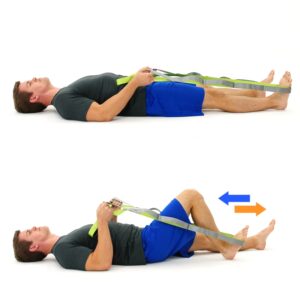
The therapist should first instruct the patient to lie down in a posture that is comfortable for them, such as supine. Next, the patient should move their leg toward their body side if they are unable to do so actively. Ten times during a session, do it. Work out three times a day.
- Active-assisted hip flexion
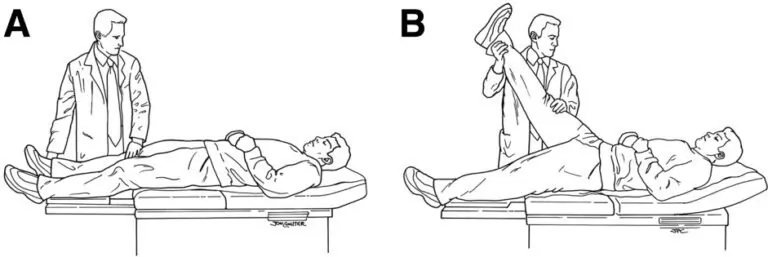
The patient should then be given the command to move their leg upside down toward the roof by the clinician. If the patient becomes too tired to lower their leg slowly on their own, the physical therapist should only provide extra assistance when necessary to help. The physical therapist should then keep an eye out for symptoms of muscle exhaustion, such as trembling or even shaking of the hip muscles and an increased sensation of weight in the damaged leg; in these cases, extra support may be required. Work out three times a day. Work out three times a day.
- Active-assisted hip internal rotation
Positioning the hands: The patient lies on his or her back and performs an internal rotation of the hips while keeping their knees straight. If the patient becomes too tired to move their leg slowly back to the starting position on their own, the therapist should request outside assistance, which is only necessary to help the patient move their thigh inward. Subsequently, the physical therapist is to be alert for indications of muscle exhaustion, such as trembling or trembling of the hip muscles and a heightened sensation of weight in the affected limb; further assistance may be required. Work out three times a day.
- Active-assisted hip external rotation
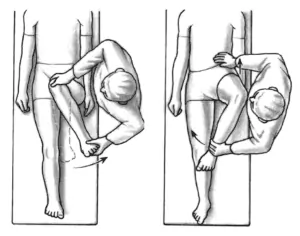
Positioning the hand: The patient lies on his or her back and performs a hip external rotation with straight knees. The patient should then be given an order by a physical therapist to move one leg outward and away from the other leg. Subsequently, a physical therapist should keep an eye out for indications of muscle exhaustion, such as trembling or shaking hip muscles and a greater sense of weight in the damaged leg; further support may be required. Work out three times a day. Work out three times a day.
- Active-assisted hip flexion with knee flexion
Hand placement: The patient lays on his or her back and the physical therapist performs hip flexion and knee flexion. The patient should then be instructed to raise their leg toward their face with a bent knee. If the patient becomes too tired or is unable to lower their affected leg gradually, the therapist should only provide extra assistance when lifting. After that, a physical therapist should keep an eye out for symptoms of muscle exhaustion, such as trembling or shaking hip muscles and a greater sense of weight in the affected limb; extra assistance may be required. Work out three times a day.
Active range of motion exercise
Before the patient performs the exercises on their own, they are performed by the healthcare professional. Hip exercises should be done daily or as frequently as recommended by a healthcare physician. To assist you in remembering the sequence of movements, go from flexion to extension to abduction to adduction to internal rotation to external rotation. Move smoothly, slowly, and gently. keep away from sudden or jerky movements. If the patient has pain, stop. It is quite common to experience some pain initially. Over time, regular exercise can help reduce pain.
Active range of motion exercises?
- Active hip flexion with knee flexion
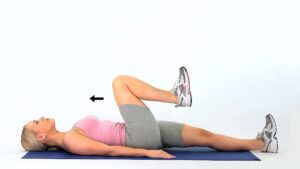
The patient should next be instructed by the therapist to bend their hip and knee as much as they can toward their face side without assistance from the therapist or from their own healthy hand. Perform ten rounds in a session. Work out three times a day.
- Active hip flexion
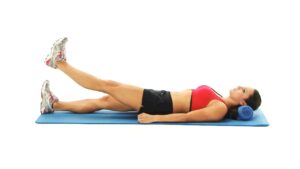
The therapist should first instruct the patient to lie down in a posture that is comfortable for them, such as supine. The patient is then instructed by the clinician to elevate their hip as far to the roof side as they can without using a physical therapist’s assistance or their own strong hand. In one session, perform ten repetitions. Work out three times a day.
- Active hip extension
The patient should next be instructed to raise the leg as far as they can without assistance from the therapist or from their own healthy hand. Perform ten rounds in a session. Work out three times a day.
- Active hip abduction and adduction
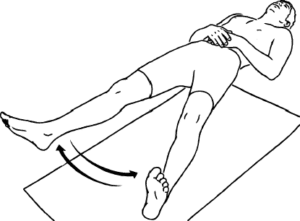
Subsequently, the therapist gently instructs the patient to raise their leg as high as they can without using any outside assistance, and then to return to their starting position. Next, perform ten rounds in a session. Work out three times a day.
- Active hip internal rotation
The patient is then instructed by the therapist to twist their leg inward as far as possible, without using any external support, towards the leg side that is not injured. Perform ten rounds in a session. Work out three times a day.
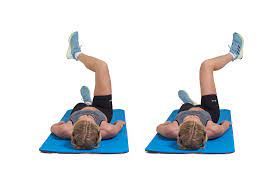
- Active hip external rotation
The patient is then instructed by a physical therapist to twist the injured leg as far outward as possible without using any external support. In one session, perform ten repetitions. Work out three times a day.
Additionally, it increases the range of motion. As the patient improves, start with proper posture, avoid bending at the waist, and quicken your pace. If there is not enough room, continue for ten seconds and change directions.
- Hip circles
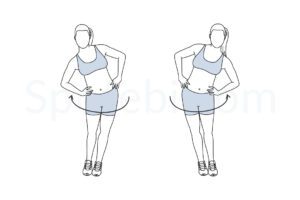
Both flexibility and stability are increased by this motion. The left leg should then be moved in circles. Do the right leg next. Increase the size of the circles and complete three sessions in a single day to intensify the difficulty of this workout.
- Sidestep exercise
Reduce the squat position and lower the band so that it is above the ankles to increase the intensity. Directions: Initially, assume a half-squat posture. As the patient moves slowly in little steps to the side, contract the hip muscles. Proceed in one direction for ten to fifteen steps after that. If the other side is also impacted, do that as well. Three times a session, do it.
- Clamshell exercise
Check out a few variants once the patient has mastered the fundamental stance. Next, rotate the patient’s upper leg as high as possible, and then take a little break.
Proceed to the embarking position after that. In every session, perform ten to fifteen repetitions. Work out three times a day.
- Lateral step-up
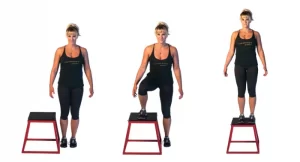
This exercise strengthens and stabilizes the core while targeting the hamstring muscles, glute muscles, and quadriceps muscles. Increase the weight to intensify the experience. Guidelines: Start by positioning the bench or box to the right of you. Perform ten rounds in a session. Work out three times a day.
- Hip marching
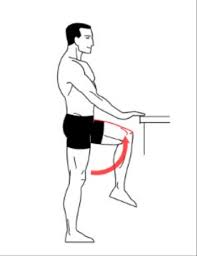
This workout increases thigh and hip flexibility as well as strength. The patient should next be instructed by the therapist to elevate their left leg as high as they can while maintaining a bent knee. Then repeat on the right side.
- Floor hip flexion
Hip flexion is enhanced by this motion. Perform ten rounds in a session. Work out three times a day.
- Butterfly pose
For support, insert blocks or cushions under the patient’s thighs if they feel tight. After that, entwine the fingers beneath the feet. The patient should then sense a release of tension as an opening in the hips.
- Side leg raises
This workout tones both the thighs and glutes. Perform 10 repetitions in a session. Work out three times a day.
FAQs
What’s up with my stiff hips?
Sitting for extended periods of time is often the root cause of hip tightness in many people. When you work at a desk, your knees are closer to your chest and your hips are in flexion for longer periods of time. To keep your hip flexors in this posture, you have to work them, which might lead to problems over time.
Which sitting posture is ideal for people with hip pain?
When sitting, try not to cross your legs. You can achieve this by getting a wedge cushion, which will help your knees to be lower than your hips.
Does riding a bike help your hips?
Cycling is one of the best exercises for persons with arthritis, whether it is done indoors or outside. Because it is low-impact, you may exercise without worrying about straining your joints, and it improves the muscles that support your knees, ankles, and feet. Studies have indicated that it can also enhance the course of hip osteoarthritis.
What makes hips weaker?
Long periods of inactivity can cause the body to “turn off” these muscles, which makes it more difficult to use (activate) them during exercise.
Walking, does it strengthen the hips?
Boost the tone and strength of the hip-region muscles. Greater muscular mass relieves pressure on the hip joint.
What results in a reduction in hip range of motion?
Additionally, some lifestyle choices, including spending a lot of time sitting down, might exacerbate hip pain.
Which activity is most beneficial for hip pain?
rotation of the hips.
Raise Your Side Leg.
A butterfly and grab your ankle.
How can I strengthen my hips?
Four Hip-Strengthening Exercises
Once your shoulders and knees are in a straight line, tuck your hips up, pinch your bottom, and press your left heel into the floor.
Which workout makes your hips bigger?
Leg elevations
Leg lifts are a good way to strengthen your hip muscles. Raise the top leg as high as you can without bending your torso or leg while keeping your right leg planted on the floor.
References
- Prajapati, N. (2022d, May 16). Hip Range of motion exercise – Samarpan Physiotherapy Clinic. Samarpan Physiotherapy Clinic. https://samarpanphysioclinic.com/hip-range-of-motion-exercise/

